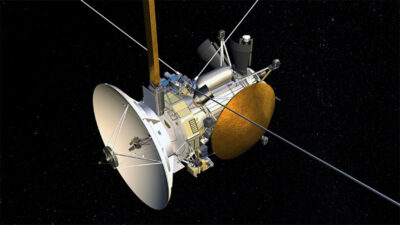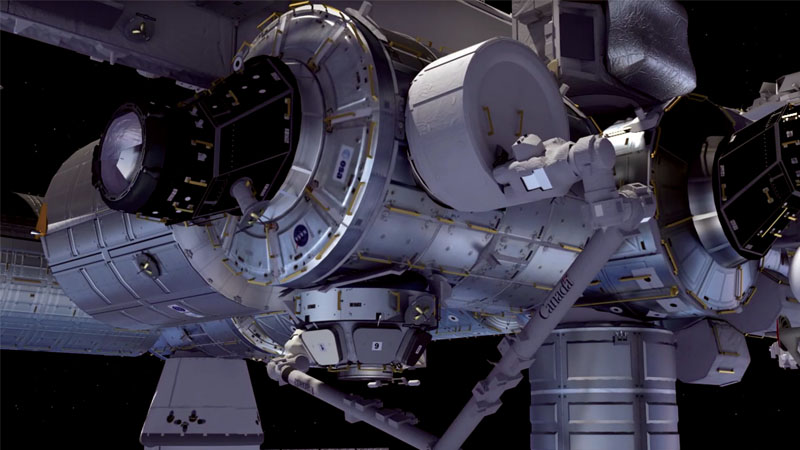Testing autonomy for lunar Gateway, Robonaut 2 and aviation
By Natasha Neogi|December 2019
The Intelligent Systems Technical Committee works to advance the application of computational problem-solving technologies and methods to aerospace systems.
In preparation for its return to the moon in the Artemis program, NASA demonstrated the ability of the lunar Gateway to integrate with spacecraft, such as the Orion capsule and the human lunar lander, and tested autonomy technology in managing the Gateway’s vehicle systems in September at NASA’s Johnson Space Center in Houston. Autonomy will play an important role in operating the Gateway with its reduced data downlink capacity, communication delays, and the combination of crewed and uncrewed periods of operation. The September demonstration tested a surrogate vehicle’s ability to prioritize what data is most important for the ground to receive based on the activities taking place and the health of the vehicle. The Gateway and vehicle will also respond to failures with additional safety-oriented actions, compared to those seen on the International Space Station. Autonomy will enable the vehicle to assess the available resources and system statuses, return to a more functional state, and adjust future activities. The combination of these capabilities will free up the crew and ground staff to focus on the most critical tasks.
Additionally, two technology development demonstrations at Johnson were aimed at future Robonaut 2 autonomous logistics aboard the ISS. The first demonstration, in June, focused on the challenges inherent in operating a robot aboard the ISS from the ground at Johnson. These include communication latency, bandwidth restrictions and expected losses of signal. Operators from a remote mission control operated Robonaut 2 while performing numerous autonomous tasks such as planning and taking steps across ISS handrails, locating and posing in front of objects, and interacting with those objects. A demonstration at Johnson in September focused on increasing the robot’s autonomous interaction in and around variable environments, including mapping unknown obstacles and traversing around them, building robust object detection, and working with those objects in a cluttered environment.
In aviation, the Automatic Ground Collision Avoidance System, which has a set of autonomous decision-making and collision-avoidance algorithms to prevent jets from flying into the ground, was recommended for installation on the U.S. Air Force variant of the F-35 Lightning II this year — five years ahead of initial plans.
In June, the American Society for Testing and Materials published its first technical report, “Autonomy Design and Operations in Aviation: Terminology and Requirements Framework (TR1-EB),” to guide the development of standards associated with increasingly autonomous flight. Administrative Committee 377, comprised of four aviation-related society technical committees, prepared the report, which provides definitions related to automation, autonomy, artificial intelligence, machine learning and many other relevant terms. It also discusses the potential for levels of automation for aviation. The report will help standards committees produce a consistent and cohesive body of standards by providing common terminology and a holistic framework for discussing and determining requirements for increasingly autonomous systems.
Contributors: Kerianne Hobbs, Andrew Lacher, Elizabeth Taylor and Alex Sobey



































